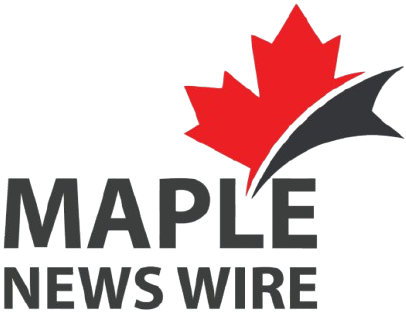Canadian startups say outdated procurement and low risk appetite are driving innovation abroad. Healthtech leaders urge urgent reform. Here’s what they said.
Canada’s Innovation Crisis: Healthtech Leaders Demand Procurement Reform
Canada’s healthtech innovators are speaking out — and their message is clear: if the country doesn’t fix its broken procurement system, innovation will continue to flee south.
In a panel hosted by the Council of Canadian Innovators (CCI), AlayaCare CEO Adrian Schauer and Mimosa Diagnostics CEO Dr. Karen Cross laid bare the systemic challenges plaguing Canadian startups trying to sell into the public sector.
The event marked the launch of CCI’s “Mandate to Innovate” — a sweeping set of recommendations aimed at reviving Canada’s sluggish innovation economy.
A System Stuck in the Past
Procurement — the way governments and healthcare authorities purchase goods and services — was a central theme. According to Schauer, the process is opaque, fragmented, and unfriendly to startups.
“I would not describe the procurement processes as being very welcoming to younger, growing companies,” he said.
Despite AlayaCare’s deep Canadian roots and Series D funding, Schauer described selling into public health systems as “long and frustrating,” citing rigid tenders and the dominance of third-party purchasing groups.
Why Procurement Matters More Than Funding
Schauer emphasized that procurement isn’t just a transaction — it’s fuel for growth.
“One dollar of procurement can be ten dollars of investment,” he argued.
But in Canada’s public health sector, startup-friendly contracts are rare. Even after proving value, innovative companies often lose bids to lower-priced incumbents, with little room for flexibility or risk-taking.
Transparency Lacking, Barriers Hidden
Dr. Karen Cross echoed similar frustrations from her experience at Mimosa Diagnostics, which builds tissue imaging devices that detect injuries invisible to the human eye.
She warned that the lack of transparency in the procurement process leads startups to invest time and money pursuing contracts, only to later discover hidden requirements like specific cybersecurity certifications.
“All of a sudden, the barrier pops up — and by then, you’ve wasted resources,” Cross said.
Canada Losing Out to Faster, Friendlier U.S.
Cross also highlighted why many Canadian startups seek U.S. FDA approval before Health Canada clearance: it’s faster, cheaper, and globally recognized.
“It’s not worth the $80,000 or $100,000 that a global corporation can afford to spend,” she said.
“So we go to the U.S.”
Her sentiment mirrors that of other founders, who say Canada’s regulatory ecosystem is too slow and too siloed, especially compared to countries actively supporting dual-use technologies across sectors like health and defense.
No Support, No Access: The Military Gap
Cross noted that despite the U.S. military frequently offering grants for healthtech pilots, she has “never had a conversation with the Canadian military.” The lack of clear access points, partnership programs, or outreach means Canadian innovators often don’t know how to even approach federal institutions.
A National Call to Action: CCI’s Mandate
CCI’s new report goes beyond healthcare. It urges:
- A unified procurement market across provinces and territories
- Removal of internal trade barriers
- Increased risk appetite from crown corporations like BDC
- Defense investment in dual-use sectors, including healthtech
Stay tuned to Maple News Wire for in-depth reporting on Canada’s innovation economy and policy trends shaping its future.




